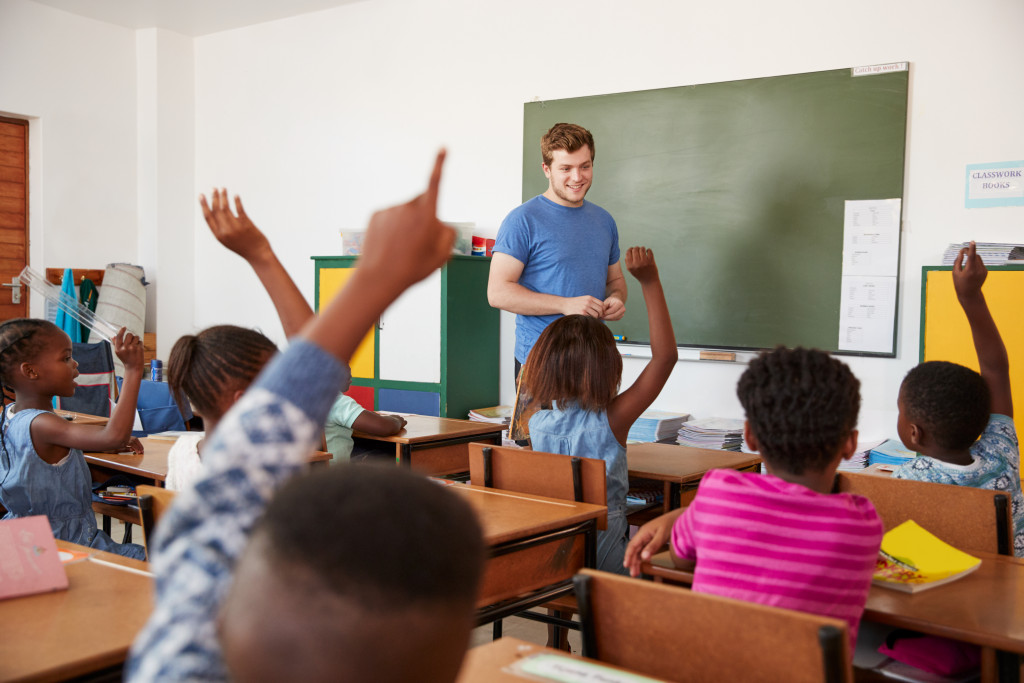Safety is essential for every establishment, especially in an area where young people spend a lot of time in the day. Schools must realize that students rarely have experiences in emergencies, accidents, and disastrous events. Sadly, that means they might not know what to do in those situations. The lack of knowledge and experience could lead to catastrophic results, and your school will end up suffering when students find themselves unprepared for the different threats.
Schools have a responsibility to keep students safe, and it means extending learning environments to make room for emergency preparedness and safety training. Kids need to know what to do during disastrous situations to save their lives, which means schools should dedicate resources to it.
Emergency Drills for Awareness
The first thing to consider is awareness for schools. Students rarely have experiences with emergencies and disasters, which means they might not have the instincts to know how to keep themselves safe. They might end up getting stunned by the sight of a fire or other unpleasant situations, leaving them frozen in their steps. Instincts require development, making emergency drills an essential process. Those training programs ensure that students know what they should do, ensuring they have the best chances at survival.
Schools should schedule emergency drills within the academic calendar. Fortunately, many companies provide schools with set drills for fire, typhoons, earthquakes. The state emergency responders might even have programs for every educational establishment within the area. Students need every help they can get when faced with disastrous situations. The first step will always be staying aware, and emergency drills will ensure that every person inside the building knows what in a horrifying event.
Safety Protocols During Emergency Events
While emergency drills can prepare students to evacuate the building in the event of a threat, it might not be safe to do so mid-disaster. People might be more in danger if they tried to reach for emergency exits. During earthquakes, debris will drop out of the sudden.
Flooding might also fill the hallways up instantly, damaging electrical sockets and wires that could electrocute any person that tries to brave the typhoon. During fires, the pathway to the emergency exit might end up getting blocked because of burning debris. Some disasters might force students to stay where they are and focus on safety while waiting for emergency responders.
Emergency drills should dedicate time to teaching kids how to stay safe amid a disastrous event. Earthquake safety protocols like the drop, cover, and hold method could save lives. Wet towels where water is accessible can prevent scarring burns during a fire. Performing safety protocols require calmness, which might be asking too much for inexperienced students.
Routine practices can ensure they can execute those things without a second thought should a real-life disaster ensue. Touching upon them at least once every quarter should ensure that students can make it part of their survival instincts.

Emergency First Aid Training for Students
Threats can appear out of nowhere and catch students unprepared. Some might end up with injuries, rendering them incapable of fighting for their lives amid the disaster. The top priority for every student is to save themselves, but there could be situations where they do not have a choice but to treat an injured companion.
The situation can become a traumatic experience. Watching a fellow student succumb to injuries as emergency responders fail to reach the person in time. However, it doesn’t mean students can do their best to help their comrades. First aid training can be life-saving for people.
Even knowing how to patch up a significant cut or wound, CPR, and arranging an impromptu stabilizer for a broken leg could significantly help an injured student’s health and safety. Schools can find medical organizations that can partner with them for student first aid training.
Alert Systems
Keeping everyone aware of a disaster is part of a student’s responsibility during an event. Shouting and screaming could result in panic, making it challenging for students to stay calm. The strategy might not also reach people in far-away areas of the campus.
Schools can find companies that provide panic button systems to alert everyone within the vicinity. Those tools can ensure that students inside the school can go for emergency exits immediately, even if they do not feel affected by the disaster. Fires usually take time before overwhelming an area. If students can escape the establishment before the fire spreads, they will already be at a safe location thanks to the alarms.
School safety needs to be present when students are learning. Still, kids should also know what to do in case of emergencies. These protocols and systems can ensure that they are prepared for any situation, providing themselves with valuable lessons they need for the rest of their lives.

